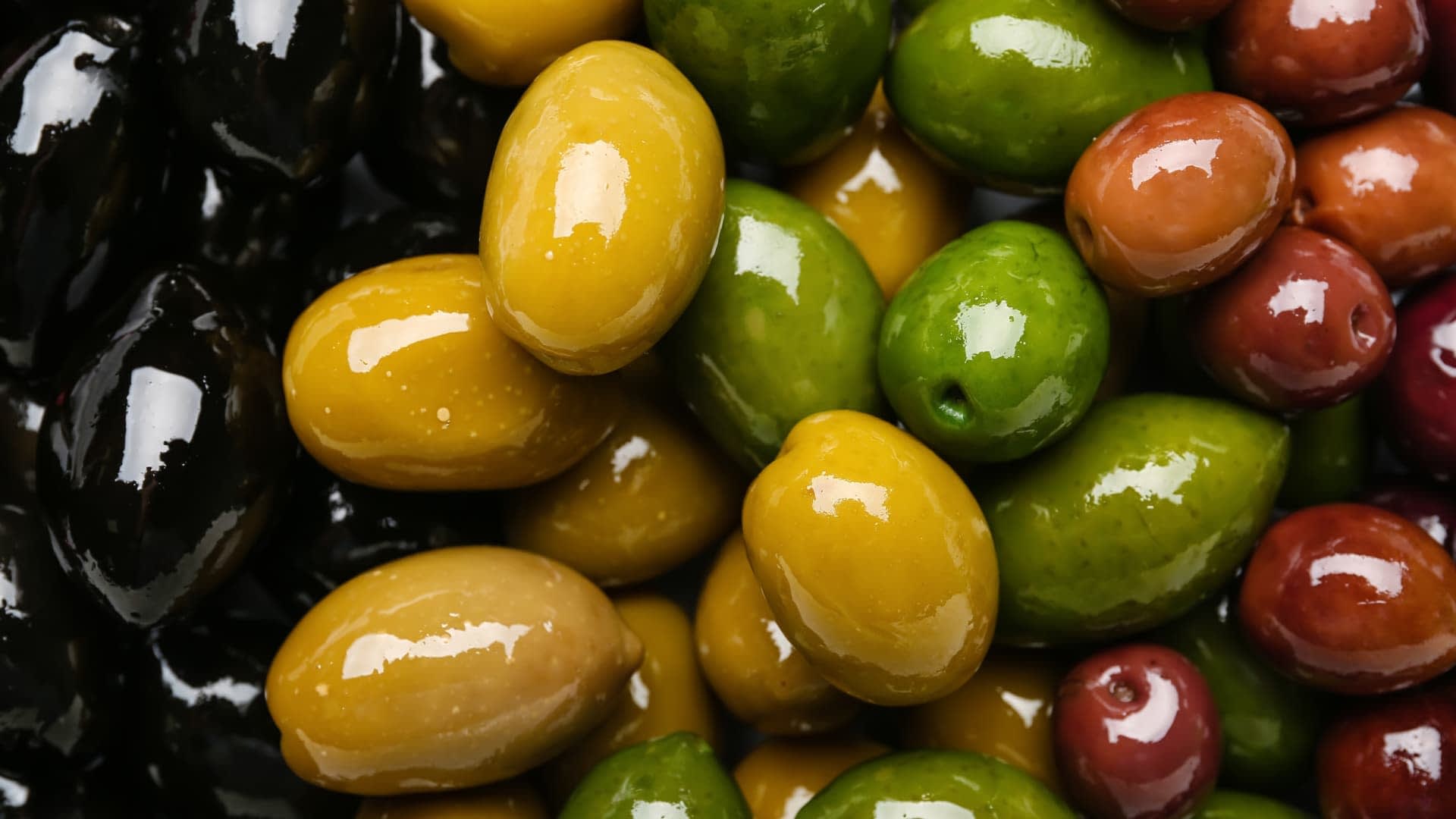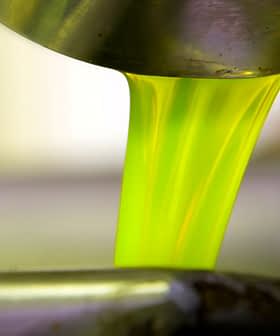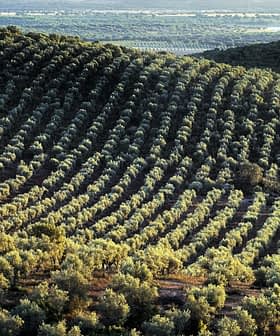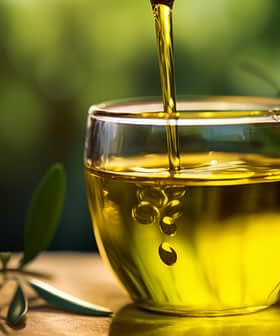Microbial Processes in Traditional Table Olive Fermentation Explored

A new paper in Applied Microbiology discusses the microbiological processes behind traditional table olive fermentation, highlighting the importance of native microbiota and local environmental factors in creating unique flavors. Yeasts and lactic acid bacteria play key roles in transforming raw olives, producing enzymes, volatile compounds, and metabolites that contribute to the flavor, aroma, and texture of the final product, with fermentation methods and olive cultivar also affecting the microbial development and resulting sensory profile.
A new paper, published in Applied Microbiology, examines the microbiological processes underlying traditional table olive fermentation.
While there are standardized industrial olive fermentation processes, traditional methods still dominate artisanal production in many Mediterranean regions. These rely on native microbiota and local environmental factors, giving each batch a unique character.
Fermented table olives owe their distinctive flavor, aroma and texture to a succession of microbial processes.
See Also:The Role of Table Olives in Italy’s Culinary HeritageYeasts and lactic acid bacteria are the dominant organisms, working in stages to transform raw olives into palatable products. The exact microbial composition and sequence of each stage are critical to the outcome, as different strains contribute uniquely to the ultimate sensory attributes of the olives.
The authors identified a total of 97 yeast species and 45 lactic acid bacteria species. Yeasts typically dominate the early stages of fermentation. Species such as Candida, Pichia and Saccharomyces secrete enzymes that reduce bitterness by breaking down oleuropein, a harsh phenolic compound.
At the same time, yeasts generate a range of volatile compounds and metabolites, such as ethanol, glycerol, carotenoids and tocopherol, many of which contribute to the flavor profile, contributing, for example, fruity or floral notes.
These compounds also affect texture. In the case of glycerol, this is due to an increase in the viscosity of the brine, which can result in a smoother texture for the olives.
As fermentation progresses, lactic acid bacteria become the dominant species. Others, such as Lactiplantibacillus plantarum, L. pentosus, Leuconostoc and Pediococcus acidify the environment by converting sugars into lactic acid, which lowers pH, inhibits spoilage organisms, and introduces a tangy flavor.
These bacteria also contribute directly to aroma through the production of compounds including diacetyl, which adds buttery notes, and ethyl lactate, which introduces mild fruity tones.
They also play an essential role in texture. The enzymes they release soften the olive flesh over time by interacting with the cell walls. The gradual nature of this process softens the flesh while maintaining structural integrity.
The relationship between microbial composition and sensory profile also varies between fermentation methods.
Spanish-style green olive fermentation methods use lye treatment and controlled brining. This encourages rapid lactic acid bacterial colonization and limited yeast diversity, resulting in cleaner, more sour profiles.
Natural Greek-style methods rely on spontaneous microbial activity without the use of lye. This results in greater diversity and longevity among both yeasts and bacteria, which corresponds to richer, more complex flavor and aroma profiles with greater variation.
See Also:Turkish Table Olive Exports Set to Reach Record-High $250 MillionIn addition to the fermentation method, the olive cultivar and harvest time also affect microbial development and, consequently, the character of the resulting table olives.
Olives from earlier harvests contain higher phenol levels and lower sugar levels, resulting in sharper, more acidic flavors. Those from later harvests result in greater aldehyde content, which is associated with “green” fruity aromas.
The same processes that are responsible for the distinctive sensory qualities of traditional table olives also enable their preservation. As with other ancient fermented food products, traditional olive preservation is more a matter of inherent microbial ecology than of design.
During spontaneous fermentation, the microbial environment evolves in stages. In the initial phase, the environment is vulnerable to the growth of bacteria such as Enterobacteriaceae, which thrive in the relatively high pH and nutrient-rich conditions.
As lactic acid bacteria become established, the acid they produce through sugar fermentation lowers the pH to below 4.2, creating conditions under which most such pathogens and spoilage organisms are unable to survive.
They also produce a variety of other substances that inhibit the growth of competing microbes. These include hydrogen peroxide and peptidic toxins called bacteriocins. Combined with acidification, this antimicrobial activity prevents the proliferation of dangerous pathogens such as Clostridium botulinum and Listeria monocytogenes.
Yeasts alter the environment in different ways. Their metabolic activity lowers oxygen levels, inhibiting oxidation and limiting the survival of aerobic organisms. Some strains also produce ethanol and other volatile compounds that disrupt the growth of specific microbial species.
Over time, these natural processes shift the microbial ecosystem toward a stable, self-limiting state in which relatively few pathogens or spoilage organisms survive.
This is in sharp contrast to sterilization-based preservation methods, which rely on the eradication of all living organisms, often accompanied by a concurrent reduction in nutritional value.
The authors note that the study of traditional olive fermentation, especially Greek-style fermentation, has already led to advances in food production and preservation techniques, as well as other fields of research.







